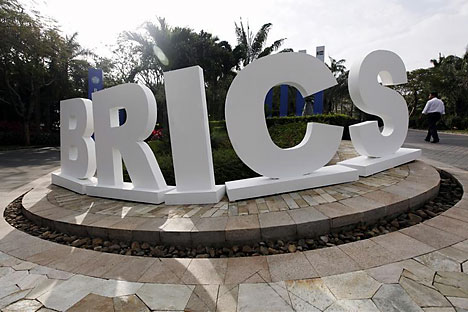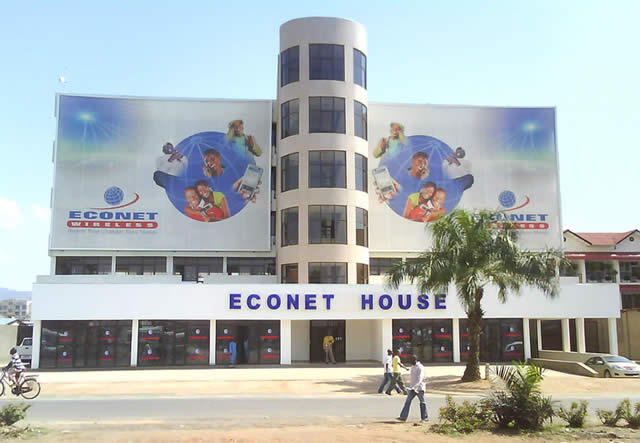S. Korea: A giant Africa can learn from

Hildegarde The Arena
A tour of major Korean broadcasters . . . revealed cutting edge media and broadcasting technology, which has resulted in Korea being referred to as one of the most wired countries in the world.
IT was a long journey to the land of global brands — Samsung Electronics, Hyundai Motors and LG Electronics in Seoul, South Korea. These are brands that have also penetrated the Zimbabwean market in a major way, electronic utilities in particular.
The writer together with scribes from Angola, Belarus, China, Costa Rica, Egypt, France, Ghana, Honduras, India, Kuwait, Mongolia, Paraguay, Peru, Switzerland, Spain, United States of America and Venezuela took part in a week-long exchange programme at the invitation of the Korea Foundation, whose vision is: “Connecting people, bridging the world.”
The packed programme allowed us to have a feel of Korea’s diverse and very technologically advanced media landscape, which is testament to the level of investment made in constructing a national information communication infrastructure. This is complemented by an equally advanced road, rail and transport infrastructure, all of which link South Korea to the global village.
Youngju Kim of the Korea Press Foundation that is responsible for improving journalism quality, creating a sound news ecosystem, enhancing citizens media literacy and strengthening core business competency, summarised the news media in Korea thus: “innovation; digital first; mobile only; social news/social platform” etc, and asserted that the smart phone is now the “most essential media” because the Korean government enacted a law governing the sale and subsidies for mobile devices such as smartphones.

A young man and woman wearing Korean traditional designs Hanbok pose for a photo as they tour the Gyeongbok Palace (Northern Palace) in Seoul. — (Pictures by Tendai Manzvanzvike)
A tour of major Korean broadcasters like MBC World Munhwa Broadcasting Corporation theme park, JTBC and Seoul Broadcasting System, revealed cutting edge media and broadcasting technology, which has resulted in Korea being referred to as one of the most wired countries in the world.
This has seen it successfully creating a Korean wave — a phenomenon of entertainment and popular culture rolling over the world with pop music, TV dramas, and movies.
The wave has also been felt in Zimbabwe, through a number of TV dramas. The diversity is also across disciplines — social and cultural norms included. A tour of the largest palace, the Gyeongbok Palace (Northern Palace) in Seoul also revealed a cultural experience where the old and the new mix and mingle.
We saw a number of young people in their teens and early twenties wearing the Korean traditional designs called Hanbok. The designs are rich in vibrant colours and “simple lines without pockets.”
Asked whether it was a requirement for youths to visit the palaces attired in traditional dress, the tour guide said it was not, instead, it had suddenly become trendy for them to dress like that. The group also learnt that there is no cover charge for those who visit the palace dressed in Korean attire.
Further research showed that throughout their history, Koreans had “a dual clothing tradition, in which rulers and aristocrats adopted different kinds of mixed foreign-influenced indigenous styles, while the commoners continued to use a distinct style of indigenous clothing that today is known as Hanbok. In 1996, the Ministry of Culture and Tourism of Korea made ‘Hanbok day’ to encourage people to wear Hanbok.
The tour guides that took us to various places of national significance where not only young, but the old too have a deep understanding of their history and culture, and seemed to appreciate that they look back to history in order to come up with a bright and prosperous future.
Why have they succeeded where Zimbabweans are failing to make headway? Take for example the notion of a national dress, which has remained work in progress, only to be revived when people want to achieve personal agendas.
The opposition to the recitation of the National Pledge in schools is another one. So much to see, so many lessons to learn from a country that gained independence at the same time as Africa did in the early 1960s.
South Korea becomes the latest country to come up with an Africa policy when its president Park Geun-hyemet addressed the African Union commission on May 27.
In return, the AU Commission chairperson Dr Nkosazana Dlamini-Zuma remarked: “South Korea and all of our founding member states achieved their independence almost at the same time in the 1960s.
However, the fortunes of South Korea and those of our Member States have not been the same”.
Dr Dlamini-Zuma added: “In developing our 50-year plan (for Africa Agenda 2063) to secure the Africa we want we looked to South Korea and other developing nations for inspiration . . . We learnt from South Korea’s rise that strong states and institutions are an important driver for the type of development required to lift our people out of poverty and inequality.”











Comments